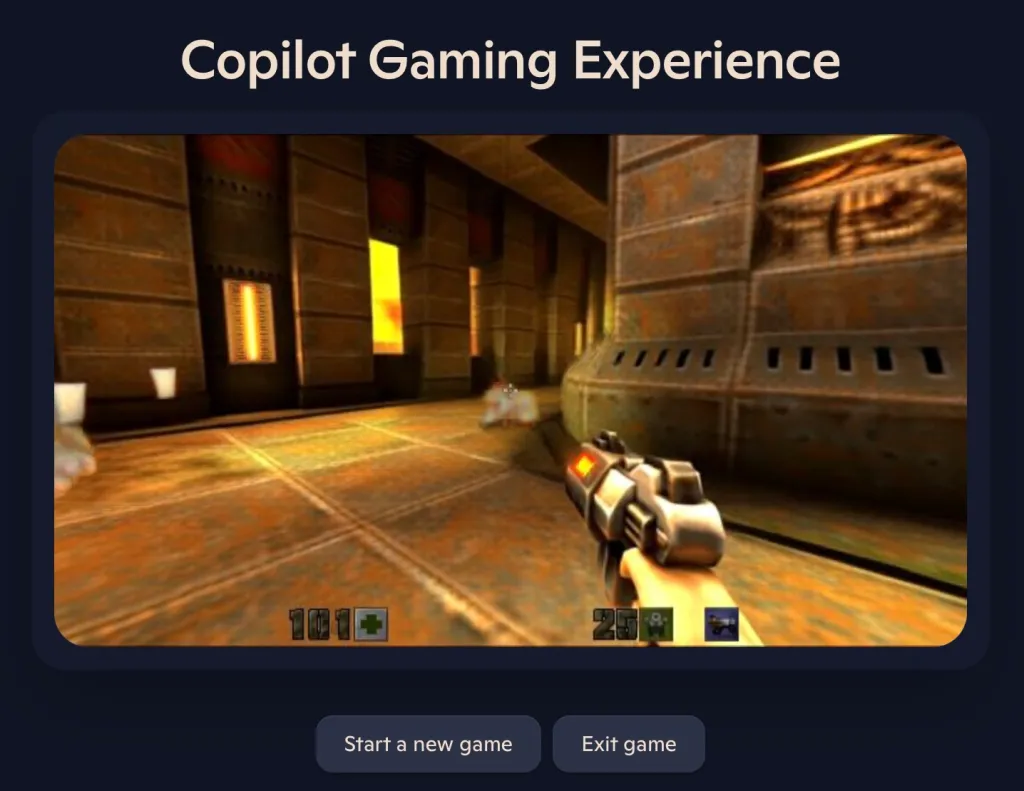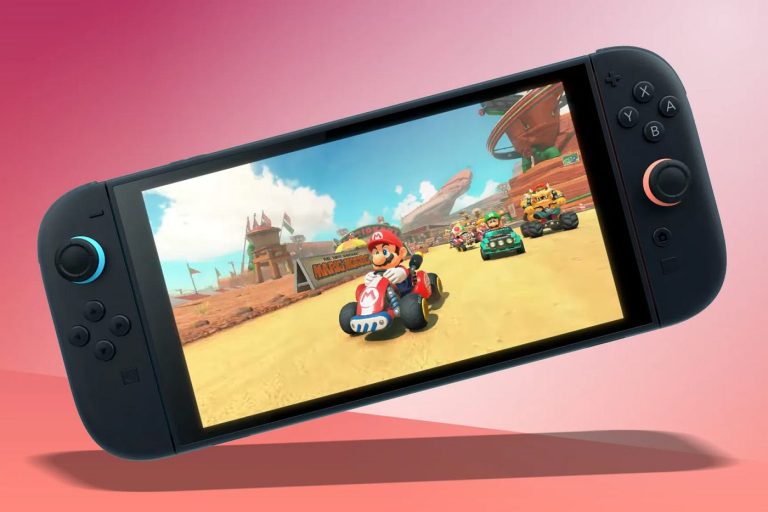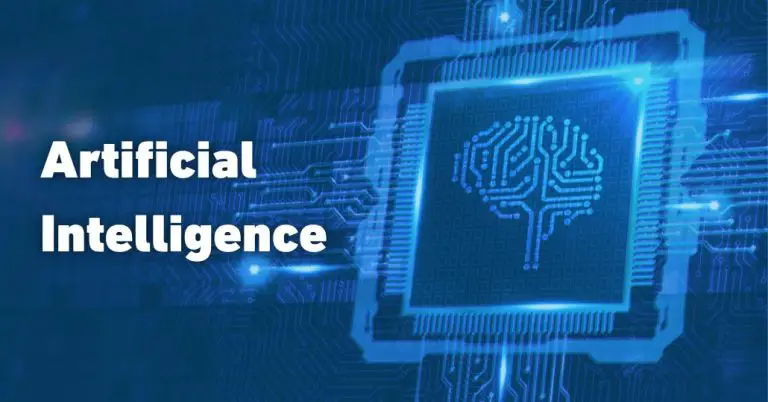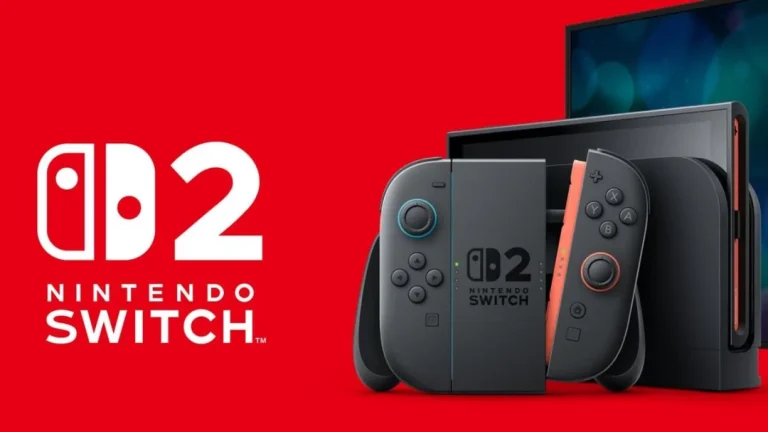
Microsoft has launched a quirky, browser-based version of Quake II as a tech demo to showcase the potential of its Copilot AI platform, though calling it a “game” might be a bit generous.
In this experimental release, you can control a character through a short level of Quake II using just your keyboard. It works for a few minutes before timing out. While the environment feels familiar to fans of the original 1997 shooter, the gameplay is more of an AI-generated imitation than a true recreation.
This demo is part of a research project by Microsoft’s team working on something called the Muse AI models. These models are trained to generate interactive 3D environments based on gameplay data, which means you’re technically “playing the model,” not the original game itself. Essentially, it’s an AI trying to imitate what Quake II feels like, not running the actual game code.
In a blog post, Microsoft researchers explained they trained Muse using a single level from Quake II. This is the rights of Microsoft through its acquisition of ZeniMax Media (which owns id Software, the original creators of Quake). The team was pleasantly surprised when the AI simulation enabled basic interactions like jumping, crouching, shooting, and blowing up barrels. These are the features that give a taste of classic gameplay.
Related articles you may find interesting
But there are plenty of limitations. Enemies are often fuzzy or poorly defined, health and damage indicators aren’t very reliable. Also the AI has a pretty short memory. For example, if you look away from an object for more than a second, the model may “forget” it was there at all. This results in some strange and sometimes funny glitches, like enemies vanishing or teleporting, or you accidentally warping across the map by simply glancing at the sky and then back down.
The research team acknowledges this unusual behavior and says the project is more about exploring the future of AI in interactive environments than delivering a polished gaming experience. They even described some of the bugs as “fun,” highlighting how looking at the floor can refresh the map in bizarre ways.
Not everyone is impressed, though. Writer and game designer Austin Walker criticized the demo in a social media post, showing himself stuck in a dark room for most of his playthrough. It is a common experience among early users. Walker pushed back on comments from Microsoft Gaming CEO Phil Spencer, who recently suggested that AI could help preserve classic games by making them easily portable to any platform.
According to Walker, this demo shows a fundamental misunderstanding of how video games work. Games aren’t just visuals and controls. Rather they are a mix of deeply connected systems. It includes code, art, design and unexpected edge cases that make them feel alive. Without those pieces, the soul of the game is lost, no matter how clever the AI might be.
So, What’s the Bigger Picture?
While the demo may not replace your favorite retro shooter, it does hint at an exciting (if imperfect) future where AI models could imitate gameplay environments, generate interactive 3D worlds on the fly, or help create adaptive game content. Muse isn’t quite there yet but it’s a step toward AI that can understand and mimic complex digital spaces. This is something that could eventually transform how games are developed, tested, or preserved.
Still, if you’re curious or just want to blow up some barrels in a janky Quake II facsimile, the demo is available to try in your browser, just don’t expect a full-on nostalgia trip.





